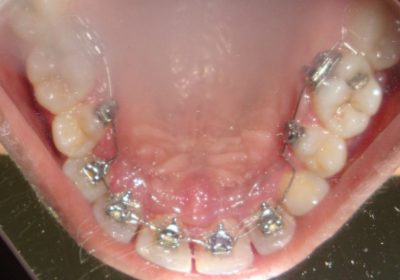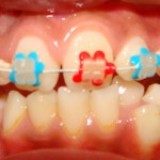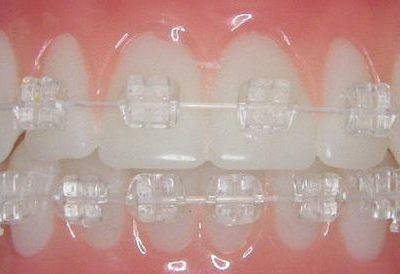Invisible Braces in South Mumbai
As can be seen an adult female of 47 years is treated with Lingual Braces i.e.Braces specially designed to fix inner side of your teeth.The results are fantastic .This type of Braces are ideal for adults who are quite conscious of wearing Braces in their adult life. Cosmetic Dentist In Mumbai Dental Braces In Mumbai Invisible Braces In Mumbai Orthodontist In Mumbai



